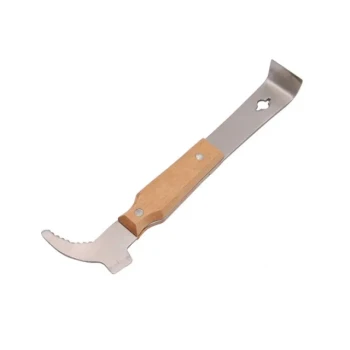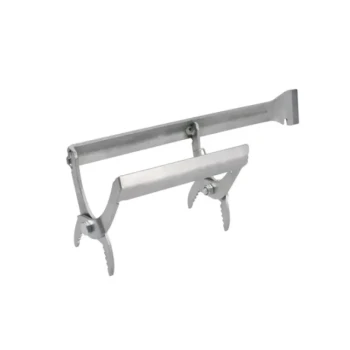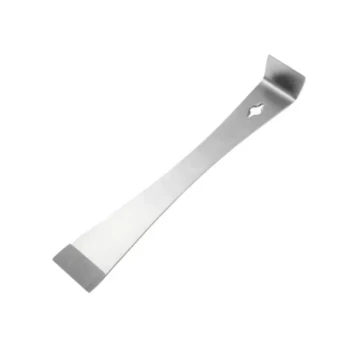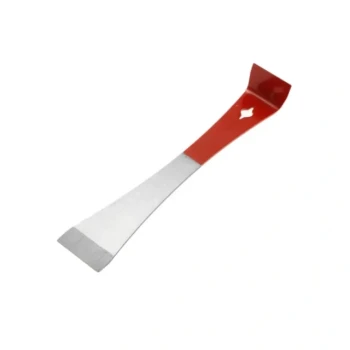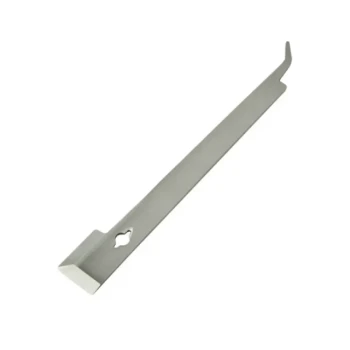At its core, the choice between an 8-frame and a 10-frame hive is a trade-off between weight and space. A 10-frame hive is the traditional standard, offering more room for bees and honey in a single box, but it is significantly heavier. An 8-frame hive is a lighter, more ergonomic alternative that holds fewer frames per box, making it easier to lift and inspect.
The decision is not about which hive is "better" for the bees, but which system is better for you, the beekeeper. Your choice should be dictated by your physical ability to lift heavy objects and your specific goals for managing your apiary.
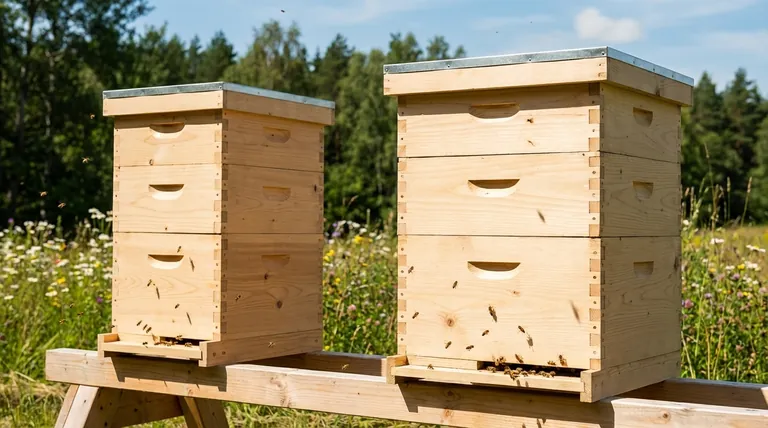
The Fundamental Difference: Weight vs. Volume
The names "8-frame" and "10-frame" refer to the number of frames that fit inside a standard Langstroth hive body or super. This seemingly small difference has significant consequences for the physical demands of beekeeping.
The 10-Frame Standard
The 10-frame hive has long been the industry default, especially for commercial operations focused on honey production. Its primary advantage is volume.
Each box holds more frames, which means more space for the queen to lay eggs and more room for workers to store honey and pollen.
The 8-Frame Alternative
The 8-frame hive is a popular adaptation designed specifically to reduce the weight of the equipment.
A full 10-frame deep hive body can weigh 80-100 pounds (36-45 kg), while a comparable 8-frame deep weighs closer to 60-80 pounds (27-36 kg). This 20% reduction is a critical factor for many hobbyist beekeepers.
Ergonomics and Ease of Handling
Beyond pure weight, the 8-frame box is narrower. As the reference notes, this smaller profile can be easier and more comfortable to lift, as it better aligns with a person's center of gravity and shoulder width.
Impact on Colony and Management
The hive size influences how the colony develops and how you must manage it, particularly concerning space and swarming.
Colony Buildup and Space
A 10-frame box provides a larger, more contiguous area for the brood nest. This can allow a strong queen to expand the colony rapidly in the spring without interruption.
In an 8-frame hive, the colony will fill the available space more quickly. This means you must be more vigilant about adding the next box (a "super") to provide more room and prevent the colony from feeling congested, which can trigger swarming.
Honey Production
A single 10-frame honey super will hold more honey than a single 8-frame super, simply because it contains more frames.
However, the overall productivity of a hive is not limited by the box size. An 8-frame hive can be just as productive as a 10-frame hive; it will just be taller, requiring more boxes to hold the same amount of honey.
Understanding the Trade-offs
Choosing a hive system is about balancing benefits and drawbacks. There is no single "best" answer, only the best fit for your situation.
The Weight Burden of 10-Frame Hives
The primary drawback of the 10-frame system is its immense weight. Lifting a full honey super or brood box is a serious physical challenge that can lead to back strain or injury. For many people, this alone is a compelling reason to choose the 8-frame system.
The Management Demands of 8-Frame Hives
The main trade-off for lighter weight is the need for slightly more intensive management. Because each box has less volume, you may need to inspect the hive and add supers more frequently, especially during a strong nectar flow, to ensure the bees always have adequate space.
Equipment Compatibility and Availability
The 10-frame hive is the long-standing industry standard. Consequently, its components are often more widely available, especially if you plan to buy used equipment or exchange components with other local beekeepers. While 8-frame equipment is easy to find new, your local community may be more heavily invested in the 10-frame standard.
Making the Right Choice for Your Apiary
Select the system that aligns with your physical capabilities and beekeeping style. Committing to one size is important, as 8-frame and 10-frame components are not interchangeable.
- If your primary concern is physical strain or ease of lifting: Choose the 8-frame system. The lighter boxes make inspections and harvesting significantly more manageable.
- If your primary goal is maximizing honey per box and minimizing the total height of the hive: Choose the 10-frame system, but only if you are confident in your ability to safely lift 80+ pound boxes.
- If you are joining a club or working with a mentor: Consider adopting the same system they use to make sharing equipment and advice simpler.
Ultimately, the best hive is the one you can manage effectively and safely, ensuring both your well-being and the health of your bees.
Summary Table:
| Feature | 8-Frame Hive | 10-Frame Hive |
|---|---|---|
| Weight (Full Deep Box) | 60-80 lbs (27-36 kg) | 80-100 lbs (36-45 kg) |
| Frames per Box | 8 | 10 |
| Ease of Lifting | Easier, more ergonomic | More physically demanding |
| Space per Box | Less volume | More volume |
| Management Frequency | May require more frequent inspections | Less frequent box additions needed |
| Ideal For | Hobbyists, those with physical limitations | Commercial operations, maximizing honey per box |
Ready to Build Your Ideal Apiary?
HONESTBEE is your trusted wholesale partner for commercial apiaries and beekeeping equipment distributors. We supply the durable, high-quality 8-frame and 10-frame hive components you need to succeed.
- Maximize Efficiency: Get the right equipment for your operation's scale and goals.
- Ensure Beekeeper Safety: Choose from ergonomic 8-frame or high-volume 10-frame systems.
- Source with Confidence: Rely on our wholesale-focused operations for consistent, reliable supply.
Let's discuss your hive system needs. Contact our team today to get a quote and build a stronger, more productive apiary.
Visual Guide
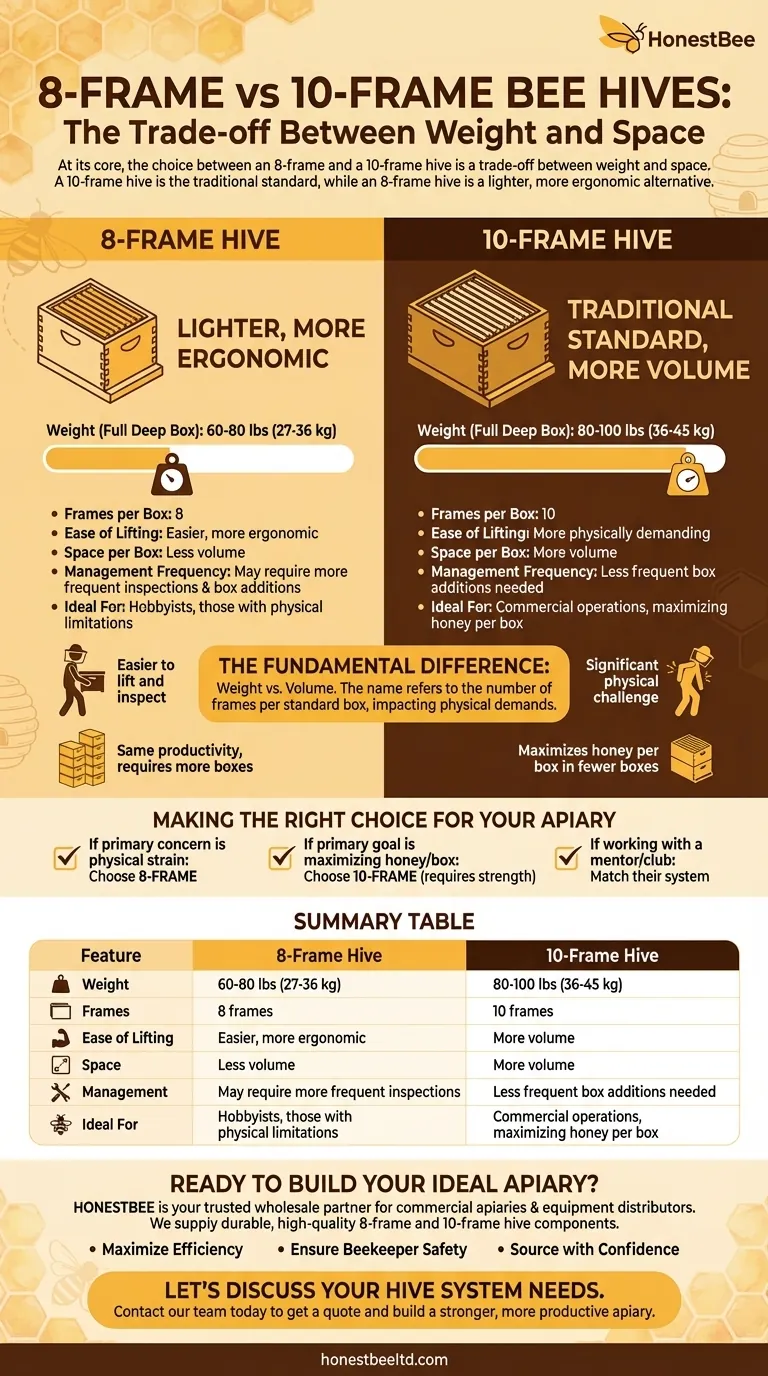
Related Products
- Langstroth Bee Hives Bee Keeping Box for Beginners Beekeeping
- Long Langstroth Style Horizontal Top Bar Hive for Wholesale
- HONESTBEE Professional Multi-Functional Hive Tool with Ergonomic Wood Handle
- Wholesales Dadant Size Wooden Bee Hives for Beekeeping
- Solid Bottom Board Australian Pine Wood Langstroth Bottom Board for Wholesale
People Also Ask
- What basic equipment is needed to start beekeeping? Your Essential Guide to a Confident Start
- What are the different types of beehive boxes available? Choose the Right Hive for Your Apiary
- Why were wooden hives traditionally preferred? For Natural Beekeeping Aligned with Bee Biology
- Why might a beginner be advised to start with a Langstroth hive? Unlock a Supportive Beekeeping Ecosystem
- How does the orientation of the hive sides benefit comb construction? Ensure Straight, Movable Combs for Easier Hive Management


